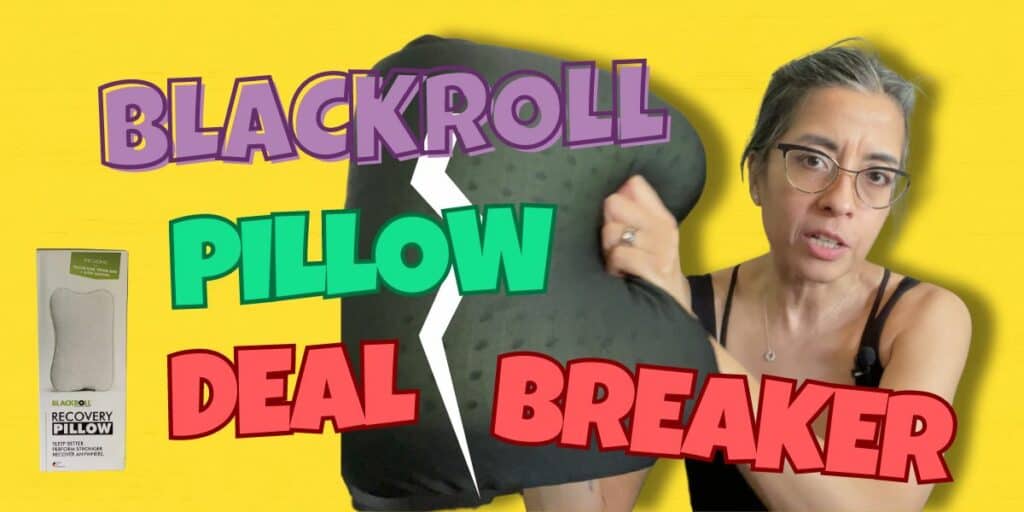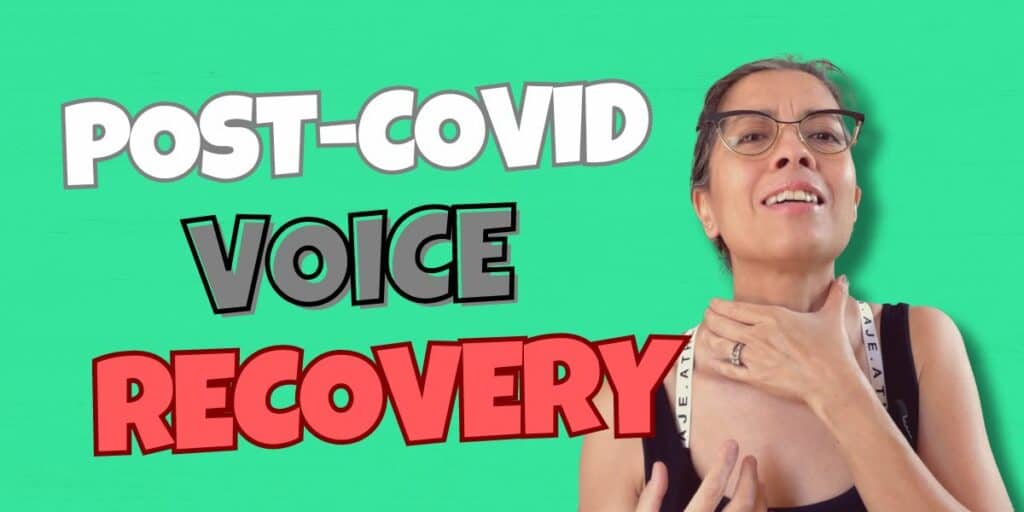This is the beginning of the “Movement Capacity Series”. In this episode of MoveMedics TV, I’ll give you an overview of Movement Capacity and its 9 elements. I will give you real-world examples how these relate to split and backbend. I will also share 5 training tips you can immediately apply to your movement training.
Like This Post?
Never miss a post.
Get our blog posts delivered straight to your inbox!
’Til next time, Be Free In Your Movement™.
x
Selina
B. Phty
This information is not medical advice. Got health concerns? Consult a real-life health professional.
Views are my own.
*Affiliate links. Your choosing to use these goes towards supporting my content creation. Thank you.
This is the beginning of the Movement Capacity Series. In this video, I will give you an overview of the nine elements of movement, some real-world examples in relation to splits and backbend. I will also leave you with some tips that you can apply immediately to your movement training. Ready? Let’s jump in.
Hi! I’m Selina from MoveMedics here to help you move better, feel better, so you can keep doing what makes you happy, for as long as you want.
In the previous series, the “How to be Flexible” series, I introduced you to my Movement Philosophy, and I told you that whether you want to acquire new movement or recover movement lost to pain or injury, the objective is to expand your Current Movement Sphere™ and your Safe Movement Zone, and part of what is required is to work on your Movement Capacity, you want to increase your Movement Capacity.
What is Movement Capacity then? Simply put, Movement Capacity is your overall ability to move, it has, in my view, nine elements, they are: mobility, strength, balance, proprioception, endurance, coordination, neuro-motor control, skill, and knowledge of movement. When you have high level across all these elements, you have high Movement Capacity, which then gives you options to freely do the movement that you want, when you want.
You can think of Movement Capacity as the essential ingredients to movement, in fact it is similar to baking a cake! If you want to bake a cake you got to have the right ingredients, if you want to make a chocolate cake and you forget to put cocoa, you are never going to get a chocolate cake. And even when you have all the essential ingredients, without the knowledge of cake making, you won’t know what to do with them, and a highly skilled, professional cake maker will be able to easily make a beautiful cake compared to someone like me who don’t bake.
And the same goes for movement, you gotta have the right ingredients for the movement you want to do, the knowledge of how to do that movement, and then you got to work on refining and honing the skill for that movement.
Of these nine elements, mobility and strength are easily the most famous of them, but they are only two out of nine elements, if we neglect to consider all the elements and just focus on two, that could well be the reason why you are not achieving the desirable result you think you should be achieving.
Take the split for example, most people would think I need to focus on mobility, sure mobility is an important element but it’s often not the priority at any given point in time.
This is something I’ve encountered many many times, someone would say to me yeah I can do the split but I have to stretch for half an hour, an hour, two hours I’ve heard, you don’t have to split, and they will all say but it’s gone the next day. if that is you I am quietly confident that you are simply not strong enough.
Your brain will not let you occupy a space you don’t have strength for, so if this is the situation the priority is to develop the strength, right?
And for backbend, most people also think they should focus on mobility but the reason a lot of people can’t bend their back, or think that their back doesn’t bend, is because they have really poor proprioception in their spine, especially the area where it’s the bottom of your thoracic spine.
Poor proprioception in this area is common across the population. And if your brain “can’t see” this part of your back, there is no chance on earth it would know that it is available for movement, right?
So if that is the case working on mobility alone is futile, you need to develop some proprioception.
And for those people who can bend their backs but then say “my back hates me” the next day, the number one suspect for you is that you are not strong enough my friend, and again your brain won’t let you occupy a space you don’t have strength for, so if that is you, your priority right now is to develop the correct strength for spine extension, make sense?
Here are a few tips I want to leave you with. I highly encourage you to think more broadly about your movement training taking these nine elements into consideration, trying to see at any given time what you might be lacking, remembering that they can change, they will change, and therefore you must also adapt your training accordingly.
For those of you who train on your own, I highly encourage you to start filming your training, get used to watching yourself, in the beginning you won’t know what you’re looking at, that is totally cool but with practice and in time, you are going to start to connect the dots between what it feels like and what it looks like, and develop the ability to make better informed decisions about what you want to train and practice, and also in real time correction.
If you train with a coach I would still encourage you to film yourself because developing that self-awareness will only serve you well and help you improve.
And if you do have a coach, your coach should be able to, rephrase, an informed, knowledgeable coach should be able to point out what is lacking and give you the strategy to address them as you progress.
And be mindful that what you need to work on is often not what you want to be working on. Specific, targeted exercises, drills, are rarely glamorous, sometimes they look nothing like the skill you are trying to develop but they are very necessary.
In the rest of the series we will take a look at all nine elements in details in turn, starting with mobility next week. But until then tell me, what are you working on right now? And having watched this video what element or elements do you think you are lacking and need to prioritise now?
If this video has been informative for you please give me a thumbs up, it will really help me grow this channel.
If you haven’t already make sure you subscribe to my channel so when my new video comes out, it will pop up on your home screen.
And until then, thank you so much for watching and Be Free In Your Movement™







